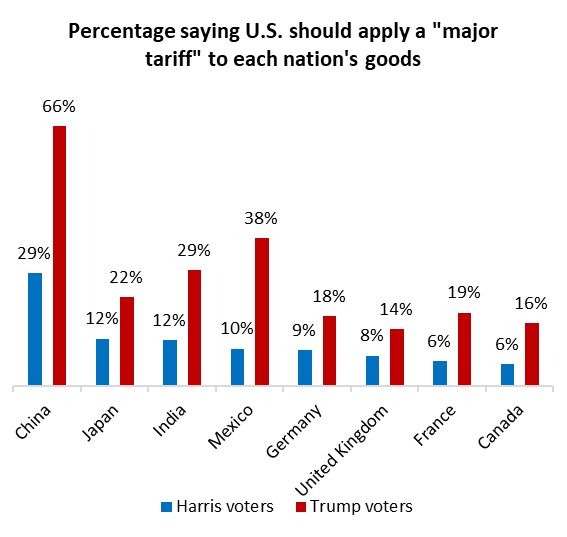
Introduction
The trade war initiated during Donald Trump’s presidency has left a profound impact on the economy of Canada. The tariffs imposed on various goods and products have not only affected Canadian businesses but have also raised concerns about the bilateral trade relationship between the neighboring countries. As trade discussions evolve, understanding these tariffs is crucial for businesses and consumers alike.
The Context of Tariffs
In 2018, former President Donald Trump announced significant tariffs on steel and aluminum imports, impacting Canada greatly, as the country is one of the largest exporters of these metals to the United States. The tariffs were set at 25% for steel and 10% for aluminum, under the justification of national security. The Canadian government responded with its own tariffs on a selection of U.S. products, leading to escalating trade tensions.
Current Implications
The result of these tariff implementations has been felt primarily in the manufacturing and service sectors across Canada. A report by the Canadian Manufacturers & Exporters (CME) indicated that the tariffs cost the Canadian economy approximately $7 billion annually. With higher prices for steel and aluminum, Canadian manufacturers struggled, which led to reduced competitiveness in key industries.
Responses from Canada
Canada sought to remedy the situation through diplomatic channels, negotiating to protect its trade interests. In 2019, Canadian officials successfully worked towards the USMCA, which replaced NAFTA and aimed to modernize trade agreements between Canada, Mexico, and the United States. However, even with these adjustments, some tariffs remain in effect, and ongoing discussions are necessary to ensure a stable trade environment.
Conclusion and Future Prospects
As the Biden administration takes a different approach to trade relations, there are hopes for the potential lifting of some tariffs. The future of U.S.-Canada trade hinges on continued dialogue and cooperation. For Canadian businesses and consumers, keeping an eye on these developments is essential as any changes can have far-reaching effects on pricing, availability of products, and overall economic stability. Understanding these tariffs can help stakeholders prepare and adapt to potential shifts in the trade landscape between these two important nations.



